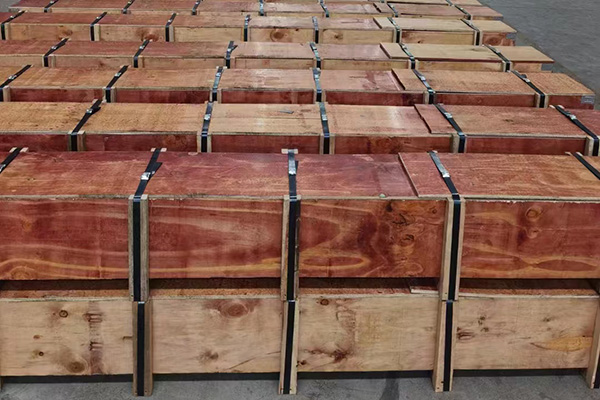Why does stainless steel not easy to rust?
Why does stainless steel not easy to rust?

Does stainless steel rust?
Stainless steel rusts. "Stainless steel" doesn't mean it won't rust. But it is difficult to rust. In the same conditions, stainless steel will corrode less and rust less than other steels. Under normal conditions, stainless steel won't rust. If stainless steel is not maintained or used properly and the environment where it is placed is harsh, then rust can appear.
The stainless steel is resistant to atmospheric oxidation, or corrosion, in acid, alkali, and salt media. The chemical composition of the steel, the state of the environment, the working conditions, and the type of medium are all factors that affect the corrosion resistance. For example, 304 pipes are highly resistant to corrosion in a clean and dry atmosphere. If they are transported to coastal areas they will rust in the salty sea fog. On the other hand, 316 steel tubes perform very well. . No stainless steel is immune to corrosion or rust.
Why is stainless steel resistant to rust?
Carbon content is the main difference between steel and iron. By reducing the carbon content, iron becomes steel. The harder the steel, the higher its carbon content. Iron is therefore harder than steel but steel has a better toughness. Why does iron rust so easily? ? The air is full of oxygen and moisture, which reacts chemically with iron, forming a dark-red oxide film that we see on the surface. It is non-rusting and contains over 12% chrome. The alloy contains a high amount of chromium. A passivation layer will form on the surface during the oxidation process. This passivation will form when the chromium is greater than 12%. It is so thick that iron and steel, etc. cannot come into contact with it. Iron, steel, etc. cannot be in contact with oxygen. They will not rust if they are not in contact with oxygen. This layer of passivation is not indestructible. This layer of passivation will rust over time if it is continually damaged. If more metal dust, or other impurities, are adsorbent outside of this passivation layer, rust will behave similarly to stainless steel rusting. Or, stainless steel 304 is excellent at preventing rusting and corrosion on the mainland. However, its anti-corrosion and antirusting abilities will decrease dramatically when used by the seaside.
How to avoid rusty?
Keep the surface clean. The surface of stainless is easily affected, by dust, grease and moisture in the air. It should be cleaned frequently, especially in humid environments with high temperatures and corrosive gases.
Avoid mechanical wear. Scratches or wear on stainless steel surfaces can expose the iron, which causes rust and corrosion. Avoid mechanical wear when using the product. Use soft materials instead of hard ones to clean stainless steel surfaces.
Select the right environment: Even though stainless steel is resistant to corrosion, it can still corrode and rust in certain environments. These include strong acids, strong alkalis, high chloride levels, etc. We must therefore choose the right environment in which to use stainless-steel materials.
Electrochemical corrosion is caused by the differences in chemical substances on the surface. Use stainless steel with small differences in potential or install cathodic protection to prevent this type of corrosion.
Select the right stainless steel material. Different types of stainless have different corrosion resistance. It is important to select the correct stainless steel material based on the environment in which it will be used to get the best corrosion resistance and life.
Acewell uses standard export packaging such as wooden boxes and pallets, and secondary reinforcement within the shipping container to protect products from corrosion and climate changes during ocean transport.



